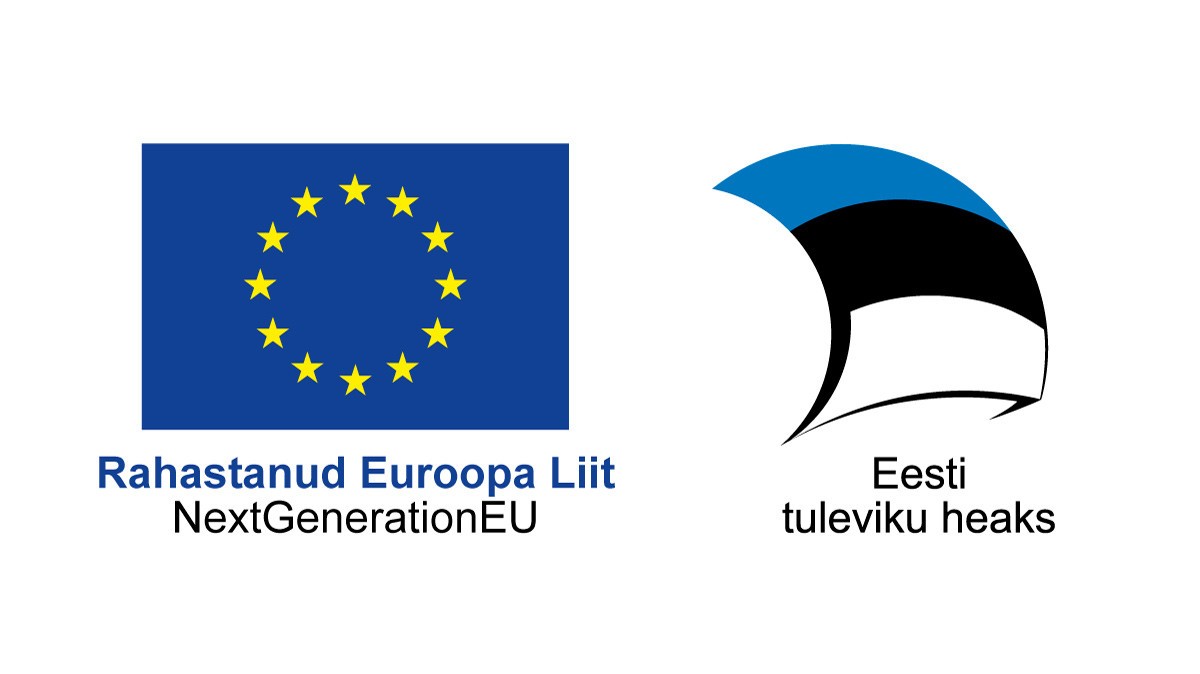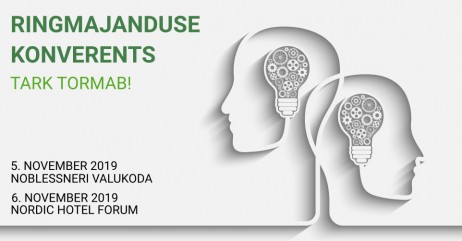Creating a strategy and action plan for circular economy in Estonia
Estonia has committed to developing a circular economy strategic document and action plan by the end of 2022. The documents will be prepared by the Ministry of the Environment.
To ensure a reasonable strategy that takes into account the principles of circular economy and the options and resources of Estonia, we first need to assess the current status and future possibilities of circular economy in Estonia, include interest groups and learn from the experience of other countries.
Required work is mainly divided into the following stages:
- Studies: Developing circular economy indicators (2019) and mapping the current situation of Estonian circular economy (2020-2021)
- Compiling a strategic document and action plan for circular economy in Estonia (2021-2022)
- Stakeholder involvement throughout the process
Preliminary timeline for creating Estonian Circular Economy Strategic Document and Action Plan
- Study: Circular economy indicators
-
In a circular economy, measurability is an important component to understanding what is the current state and potential of a circular economy. The analysis of the current state helps to do informed decisions on further actions, including focus sectors, support measures, legislative changes and research needs, to help increase competitiveness and create favorable conditions for the wider application of the circular economy principles. Applying the circular economy indicators will provide a baseline that can be used in the future to measure progress towards the circular economy and, if necessary, make changes in the action plan and other programs. Technopolis Group Eesti and HeiVäl Consulting carried out a study that combines already applicable and potential indicators for measuring Estonian circular economy. The final study report and annexes are available (in Estonian) here:
Summary of the final report (0.3MB)
Data sheets for indicators (47MB)
Data sheets for wood sector pilot analysis (1.1MB)
We have also carried out the next study, with aim to map the current state of the Estonian circular economy and to apply and analyze the indicators proposed in the previous study.
- Stakeholder involvement
-
Here we are gathering information related to stakeholder involvement, including various events and brainstorming sessions. We are also looking forward to your thoughts and suggestions on how to reach the circular Estonia!
Circular Economy Conference - Tark tormab!
First Circular Economy Conference took place in Tallinn, on 5-6th of November 2019. On the second day of the conference, we invite you to take part in thematic workshops to discuss about circular design, resource efficiency, reuse and recycling of building materials and bioeconomy.
Find out more on the Circular Economy Conference website: www.ringmajandus.eu
Opening event for stakeholders - Creating a Circular Economy Strategy
On December 19, 2018, was the first stakeholder involvement event for creating a Circular Economy Strategy. The primary focus of the event was the initial idea collection. Discussions took place in groups where issues and opportunities of stakeholder involvement, cooperation and waste were discussed. The main results of the stakeholder consultation and presentations at the event can be found here (in Estonian):
Main results of the discussions (0.3MB)
Presentation "Ringmajandus Eestis" (0.7MB)
- Activities from EEA Norway support programme
-
The following circular economy activities are planned under the EEA Norwegian Support Program:
- Compliation of input needed for circular economy strategic document and action plan
- Improving implementation of Green Public Procurement
- Circular economy training programme for public sector
- Green schools competition
- Awareness raising campaigns on circular economy
-
Strategic document and action plan
-
Mapping the current situation of Estonian circular economy reveals the priority areas, possibilities and obstacles that serve as an input in creating a circular economy strategic document. In addition to the necessary studies and researches, involvement of stakeholders and gathering ideas also play an important role, to ensure that the strategy would serve its purpose in practice. The strategic document will set the direction and framework for the objectives of Estonian circular economy. Based on that, an action plan will be made together with specific measures, actions and deadlines. Circular economy creates a great opportunity for Estonia to increase its competitiveness and promote sustainable economic development.
Studies: developing circular economy indicators (2019) and mapping the current situation of Estonian circular economy (2020-2021)
Compiling a strategic document and action plan for circular economy in Estonia (2021-2022), coordination and publishing (2022)
Stakeholder involvement throughout the process (2020-2022)
- Creating a lead group and experts' forum
- Creating thematic workgroups
You can download the file here:
Estonia circular economy (est).pdf (1.72 MB)You can download summary in English from here:
Estonia circular economy white paper summary.pdf (106.48 KB)

The European Union's Recovery and Resilience Facility (RRF) was created in February 2021 to mitigate the harmful effects and consequences of the COVID-19 crisis in the European Union. The purpose of the facility is to support investments and reforms necessary for the long-term recovery of the economy, to increase economic and social resilience, and to support the green and digital transition from the beginning of the pandemic in February 2020 until August 31, 2026.
All reforms and investments planned in the recovery plan are based on the "Estonia 2035" strategy and the accompanying action plan.
You can download the Estonian circular economy action plan, which was adopted as part of the recovery and resilience fund, here:
Eesti ringmajanduse tegevused 2024.pdf (257.4 KB)The circular economy is based on the following principles that describe the circular economy:
- new business models (including multi-stakeholder business models) such as resource recovery, the circular supply chain, the sharing platform, the extension of product life span, the product as a service, digital solutions that promote the circular economy (eg material passport, more efficient data processing);
- local initiatives, that are aimed at creating added value through local resources (eg in acriculture, forestry) through sustainable eco-innovative behaviour or solving socio-economic problems (initiatives of cities, villages or NGO-s);
- change in consumer behaviour – the consumption of environmentally friendly products and services (including products as services), food based on local raw materials and services based on renewable energy (eg transportation);
- products and services are designed whilst taking into account the whole life cycle and consumer needs;
- keeping products in use for as long as possible – re-use, transformation, repair, renovation, change of use;
- encouraging re-use, repair and renovation at the municipal level – for example local authorities can motivate and create conditions for reusing products through awareness-raising and creating opportunities;
- activities are guided by the waste hierarchy where waste prevention is preferred. Where waste prevention is impossible, the generated waste must be used as a resource, thereby maximizing the value of natural resources and reducing the demand of new resources;
- the public sector uses green and innovative public procurement to procure products and services, conditions have been created to encourage companies to practice circular economy;
- extensive co-operation between different parties for mutual benefits (eg industrial symbiosis, public- and private sector partnerships);
- to achieve the full potential of the circular economy, a systematic approach has been developed throughout the socio-economic system to achieve real changes in consumption, production, planning, politics, lifestyle, culture and values.
